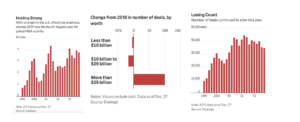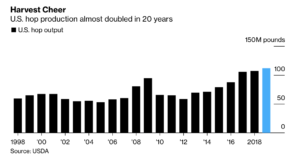Wall Street Journal writer Heather Somerville reported last week that, “The discounts and freebies many tech startups have used to lure customers—free lunch delivery, $3 beauty products and bargain taxi rides—have fallen out of favor with investors who are losing patience with the failure of these companies to turn a profit.
“The proliferation of subsidized products and services from venture-capital-backed startups over the past decade reflected a rush by investors to fund the next behemoth consumer-tech company. The thesis: Create a market leader with loyal customers hooked by attractive deals delivered at the touch of a smartphone app. Once the company got big enough, profits would flow and the subsidies could end.
“Startup investors are re-evaluating that approach. Following a year of dismal performances from companies that were heavily subsidized by venture capital, investors and board members are pressuring companies to figure out a more profitable business model, tech deal makers and startup founders say.”
The Journal article indicated that, “Investors want startups to become less dependent on raised capital to cover the cost of customer discounts, such as e-commerce startup Brandless Inc. selling home and beauty products for a fraction of the cost of shipping, ride-hailing companies Uber Technologies Inc. and Lyft Inc. discounting the cost of their rides, and meal-delivery service Postmates Inc. offering coupons for $100 off delivery fees.
“‘The subsidy bubble for raising new money is over,’ said Wesley Chan, managing director at Felicis Ventures. ‘What you are seeing is a realization that subsidies often lead to disaster for startups that rely on them.'”
Nonetheless, the Journal article added that, “Even with more investor scrutiny, subsidies aren’t going away. The venture-capital industry has a record amount of money to invest, and with interest rates staying historically low, many investors will be attracted to private tech companies even when they rely on private funding to pay their bills and dole out big discounts.”



